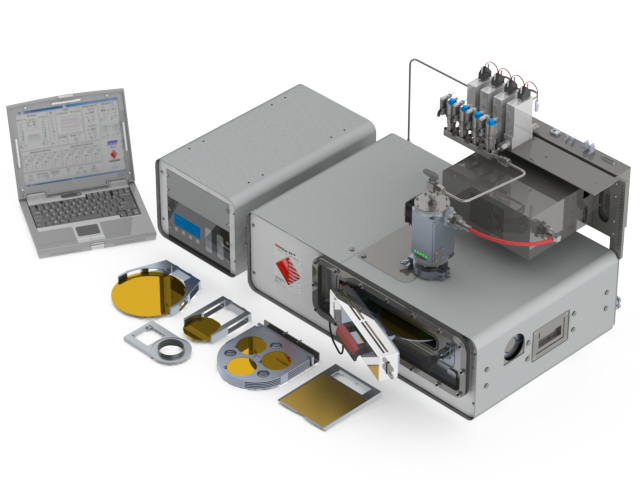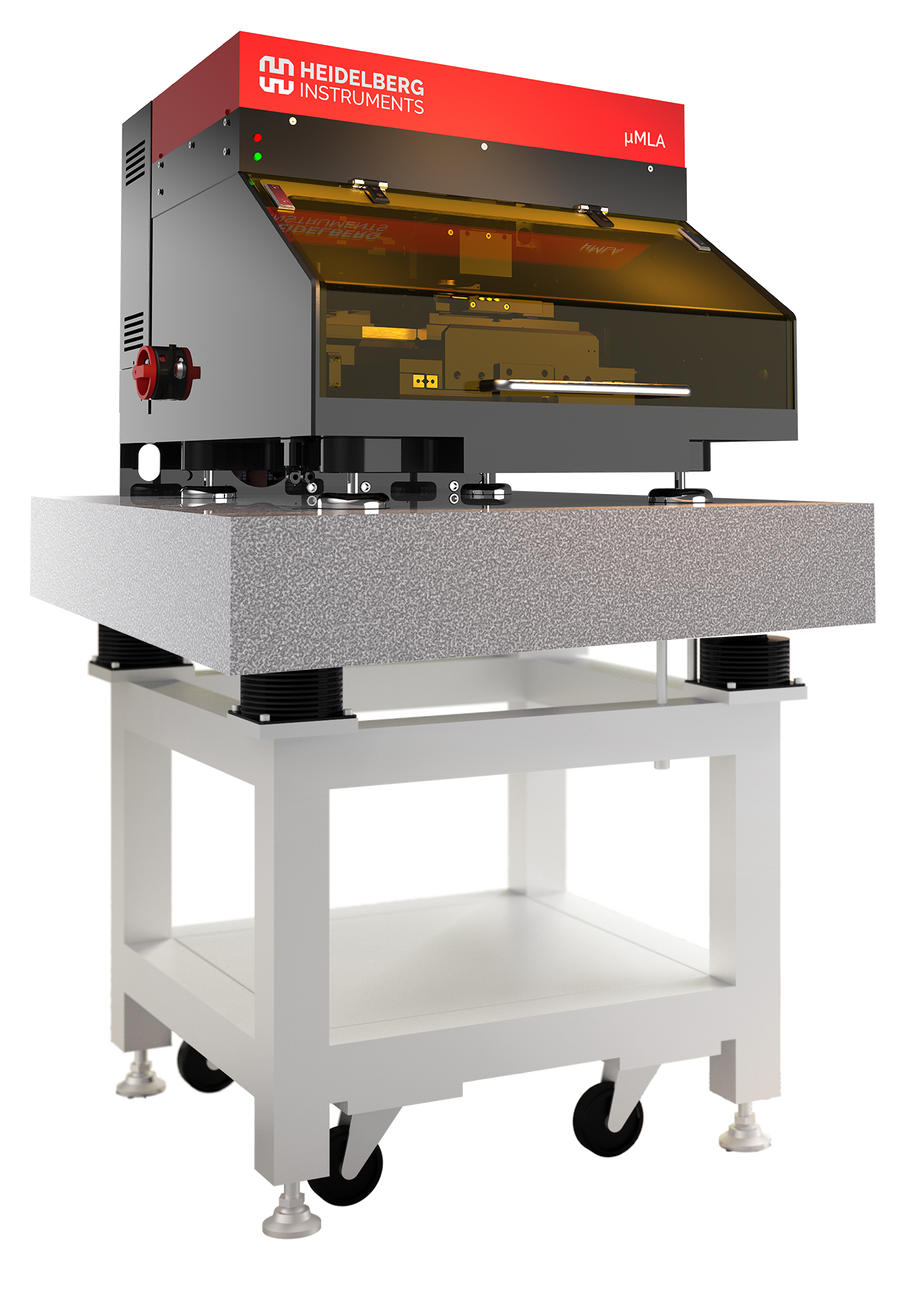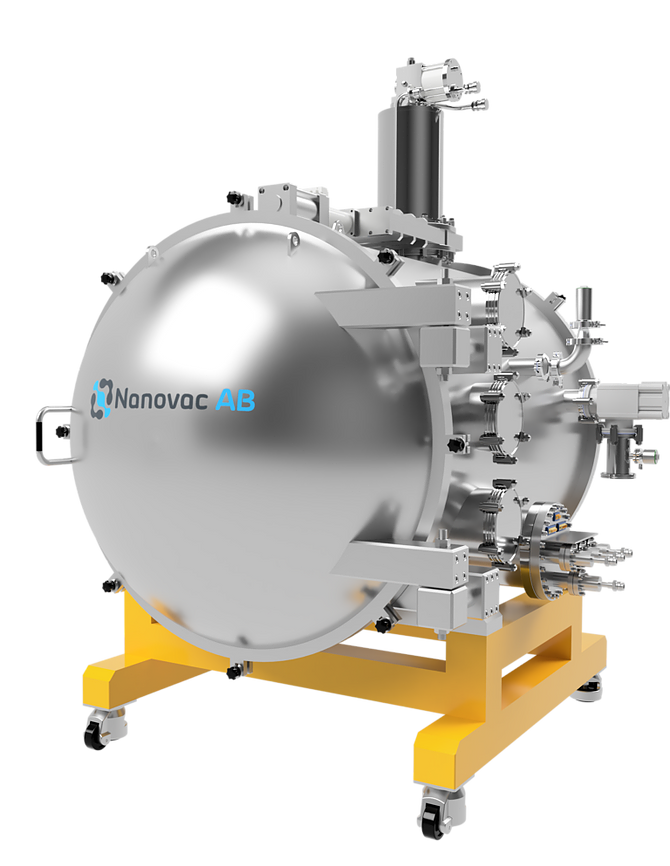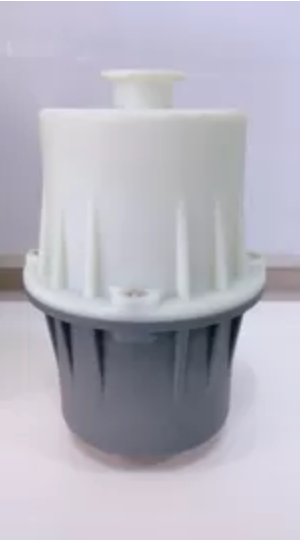World leading plasma process solutions to manufacture of SiC power devices
Oxford Instruments Plasma Technology has developed an innovative set of plasma process solutions designed to enable maximum Silicon Carbide (SiC) device performance.
A wide band gap semiconductor, SiC offers a high breakdown field and high thermal conductivity which enable the production of smaller, lighter, more efficient power devices with the ability to operate at high temperatures.
In this report, we consider the role of plasma processing and its importance in defining device performance and optimal strategies for the application.
The impact of switching to SiC
Power semiconductor devices perform the function of switches, rectifiers or amplifiers. Devices routinely used include Schottky barrier diodes (SBDs), Metal Oxide Semiconductor Field Effect Transistors (MOSFETs), bipolar junction transistors (BJTs), junction FETs (JFETs) and insulated gate bipolar transistors (IGBTs). For many of these devices, when ‘off’ they must resist the reverse flow of current ie. have a high reverse breakdown voltage. Conversely, ‘on’ resistance is preferentially very low, to minimise heat/power loss.
A comparison of SiC and Si (Table 1), The most notable difference between SiC and Si is the ten-fold higher breakdown field which makes it far more effective at blocking voltage. The higher breakdown field of SiC means that there is far more scope to balance these effects to achieve desirable device characteristics. In addition, the bandgap energy of SiC, approximately three times that of Si, making it more suitable for high temperature applications. High thermal conductivity of SiC, around three times that of Si, means that heat generated during device operation can be dissipated efficiently. In practical terms this eases thermal management within the device, minimising any loss in performance as a result of temperature rise.

Table 1. Comparing certain characteristics of SiC with those of Si shows how it is able to deliver breakthrough power device performance
Manufacturing SiC power devices
SiC is chemically inert with a high binding energy and exists in as many as 200 different polytypes, crystal structures that are identical in two dimensions but differ in the third.
Maintaining polytype consistency is an important issue in wafer manufacture. As control of crystal manufacturing improves, defect levels are falling, and this is crucial for the realisation of larger substrate manufacture and for power devices such as MOSFETs. From the starting point of a substrate wafer of appropriate quality a broad range of technologies are involved in the manufacture of SiC power devices. Processing steps may include some or all of the following:
Manufacturing SiC power devices
SiC is chemically inert with a high binding energy and exists in as many as 200 different polytypes, crystal structures that are identical in two dimensions but differ in the third.
Maintaining polytype consistency is an important issue in wafer manufacture. As control of crystal manufacturing improves, defect levels are falling, and this is crucial for the realisation of larger substrate manufacture and for power devices such as MOSFETs. From the starting point of a substrate wafer of appropriate quality a broad range of technologies are involved in the manufacture of SiC power devices. Processing steps may include some or all of the following:
- Substrate buffer technology: Buffer layers may be incorporated to tackle defects in the substrate which can penetrate into the epitaxial layer and impact device performance.
- Ion implantation: The diffusion doping of SiC requires extremely high temperatures because of the low atomic mobility of dopants. Ion implantation is preferable and enables precise depth control. However, high ion energies are required and the process can lead to inactive dopants and/or lattice damage which is associated with a requirement for
- High temperature annealing
- SiC isolation
- Ohmic and Schottky contact formation
- Edge termination
With regards to the contribution of plasma processing, both etching and deposition technologies are required. Plasma etching is used for surface quality improvements prior to epi, mesa formation, potentially in planar devices for edge termination, and for trench formation, while plasma enhanced chemical vapour deposition (PECVD) and/or atomic layer deposition (ALD) are deployed for gate oxide deposition and potentially for the application of a final passivation layer. Figure 1 shows a typical process for the production of a SiC MOSFET with the plasma processing steps highlighted.

Fig. 1. the production of a SiC MOSFET is a mulistep process in which plasma processing plays a critical role (in orange)
SiC etching
The plasma etching of SiC is a key step to improve the surface of the substrate prior to the epitaxial growth of the device layers. Etching is also used to etch features required for the devices with SBD/MOSFET configurations and the superjunction SBD. Challenges in association with the etching step for SiC power devices are attainment of a commercially viable etch rate, precision control of trench geometry and optimisation of selectivity relative to the mask.
Processing solutions
Inductively Coupled Plasma enhanced RIE (ICP-RIE) is the process of choice for SiC etching. RIE involves directional plasma etching and enhances the performance by enabling the independent control of ion density (RF power to the coil) and ion energy (RF power to the table); RIE has a simpler set-up with a single RF source controlling both parameters. This enhanced functionality means that with ICP-RIE ion density can be tuned to maximise etch rate while ion energy is minimised to reduce substrate damage and enhance selectivity. Figure 2 shows a schematic of an ICP-RIE unit. Additional benefits of ICP-RIE are that higher plasma density can be achieved at lower pressure enabling better control over selectivity, more directional etching, and better profiles. Furthermore, modern systems offer wafer clamping and helium cooling as standard, affording excellent temperature control over a wide operating range and the precise control of device features. With the right plasma chemistry and mask, ICP-RIE is extremely suitable for SiC etching.

Fig. 2. ICP-RIE delivers high etch rates with high selectivity and minimal substrate damage.
Gate oxide deposition
In a MOSFET the dielectric gate oxide layer separates the gate terminal from the source and drain, and the conductive channel when the device is on. Gate oxide is also used for backfilling applications. The deposition of high quality gate oxide films is a critical step in the manufacture of SiC devices. SiO2 is the conventional gate oxide for Si and SiC power devices. Two approaches can be adopted to enhance gate oxide performance.
- Improving the quality of SiO2 films through alternative processing such as high temperature annealing in an oxygen containing atmosphere.
- Using gate oxides with a higher dielectric constant. Here, Al2 O3 is one of the primary materials of interest with a high dielectric constant, a lattice well-matched to that of SiC, good thermal stability.
Processing solutions
- PECVD:
PECVD the simplest and fastest technique for gate oxide deposition and is particularly suitable for SiO2. In PECVD a film is formed via the reaction and deposition of ionised gases from a plasma on a cooled substrate. Figure 3 shows a schematic of a PECVD unit. Radicals and ions from a plasma generated by the application of RF at the top electrode form a film on the substrate surface; unwanted reaction byproducts are pumped away. PECVD is a flexible process that can be used for an extremely wide range of materials. It produces highly uniform, high density films with minimal pinholing/defects at relatively modest operating temperatures, with tetraethylorthosilicate (TEOS) chemistry particularly useful for SiO2 step coverage.

Figure 3. PECVD enables the deposition of high quality SiO2 fils at relatively low working temperature.
2. ALD:
ALD is a process with two defining characteristics: self-limiting atomic layerby-layer growth and highly conformal film growth. The key features of an ALD unit are shown in Figure 4. The layer-by-layer growth delivered by ALD is a result of a cyclical sequence of plasma pulses followed by associated purge steps. The first plasma pulse results in the absorption and reaction of a gaseous precursor onto the surface of the substrate, leaving a single monolayer. The following purge removes unwanted reaction by-products along with any unabsorbed precursor. A second plasma pulse provides a further reactant, to complete the deposited layer, and is followed by a further purge. Repeating these sequences progressively builds the coating or film which is can consequently be produced both pin-hole and particle free. The high conformality of the technique, an important advantage in many applications, stems directly from this mechanism of film growth which restricts reaction at the surface to no more than a single layer of precursor. ALD is also prized for its ability to coat high aspect ratios. This is achieved through the use of relatively long pulse times which enable the precursors to penetrate deep into a trench to completely coat its surface. In combination these features make ALD an attractive choice where gate oxide requirements are especially demanding and there is a need for high quality, high dielectric constant films with good conformality. ALD is the technique of choice for Al2 O3 deposition, because the temperatures associated with the use of PECVD for this material tend to be relatively high, eroding any potential benefit. It can however be a relatively slow process so other deposition technologies may be preferable if film quality is acceptable.

Figure 4. ALD enables the precision deposition of high quality films, even at high aspect ratios, for a wide range of materials
Conclusion
While SiC has excellent properties from the perspective of power device performance it presents manufacturers with significant challenges. Realising the potential of SiC to deliver power devices that are smaller, lighter, more efficient and closely tailored to pressing industrial requirements relies on developing manufacturing protocols that can robustly realise a range of configurations. Plasma processing has a key role to play with both etching and deposition technologies vital to the manufacturing process. In this white paper we highlight the tools that are available and the performance that can be delivered, illustrating how plasma processing techniques can be used to cost-effectively access the breakthrough power device performance that SiC offers.
Reference: Oxford Instruments Plasma Technology January 2019





